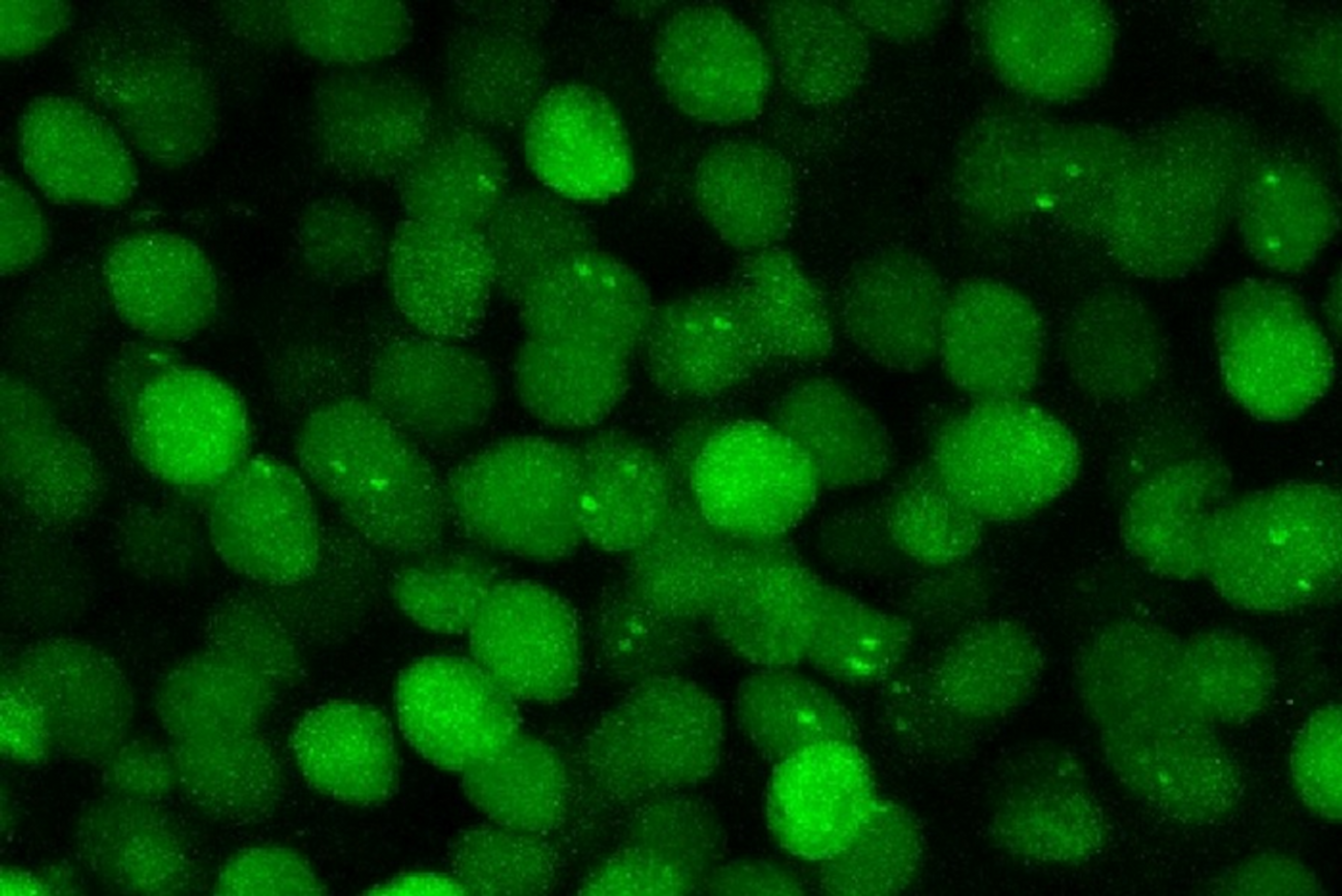Observing Gene Expression in Real-Time in Live Mouse Brains
Scientists still have a lot to learn about how memories are created and stored in the brain. The expression of genes leads to the formation of mRNA molecules, and in the brain, mRNA is thought to be related to memory. Researchers have now created a powerful new tool that can be used to visualize the activity of mRNA in the brains of live mice. The work has been reported in the Proceedings of the National Academy of Sciences (PNAS).
“We still know very little about memories in the brain,” noted corresponding study author Hye Yoon Park, an associate professo atthe University of Minnesota. “It’s well known that mRNA synthesis is important for memory, but it was never possible to image this in a live brain. Our work is an important contribution to this field. We now have this new technology that neurobiologists can use for various different experiments and memory tests in the future.”
In this study, the researchers combined several techniques, including two-photon excitation microscopy, specialized image-processing tools, and genetic engineering. The mRNA molecules that were produced in mouse brains when the Arc gene was active were labelled with a fluorescent protein, GFP. This way, when the mRNA was generated, the researchers would be able to see it with special lighting and imaging.
Because this process occurs in a living animal, the researchers were able to monitor it for a long period of time. Two experiments were performed in which the activity was observed for over a month, in real-time, as the mice formed and stored memories.
It's been suggested that when memories are forming, certain types of neurons are active and firing signals. Then, when the memory is recalled, the same neurons fire again. However, this work has indicated otherwise. In the mouse model, the researchers observed different groups of neurons were active when the memory was triggered on different days.
But several days after a memory had been created in the mouse, the researchers found a small group of neurons that consistently reproduced the Arc mRNA every day. Each time the activity was occurring in a part of the brain known as the retrosplenial cortex (RSC). The scientists suggested that this group of neurons is where that memory is stored over the long-term.
“Our research is about memory generation and retrieval,” Park said. “If we can understand how this happens, it will be very helpful for us in understanding Alzheimer’s disease and other memory-related diseases. Maybe people with Alzheimer’s disease still store the memories somewhere, they just can’t retrieve them. So in the very long-term, perhaps this research can help us overcome these diseases.”
Sources: University of Minnesota, Proceedings of the National Academy of Sciences









